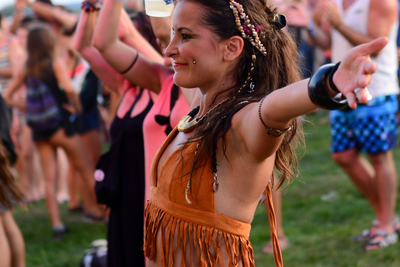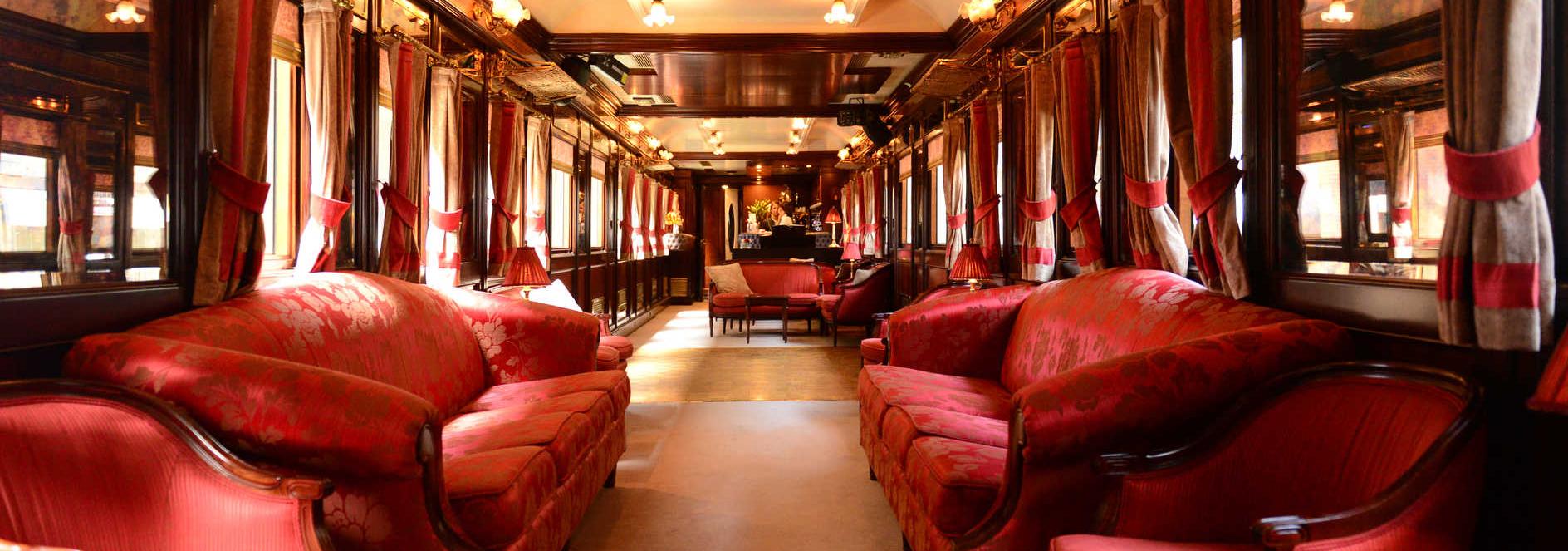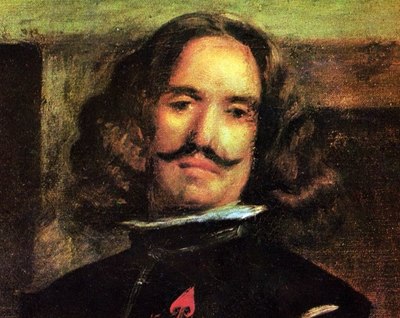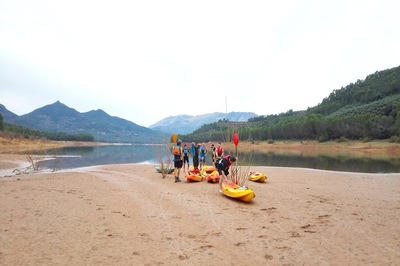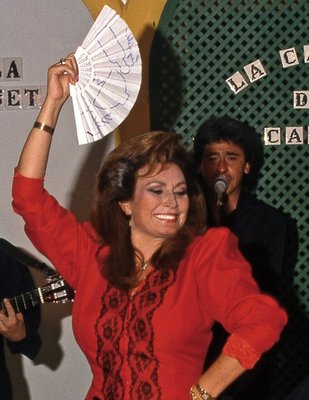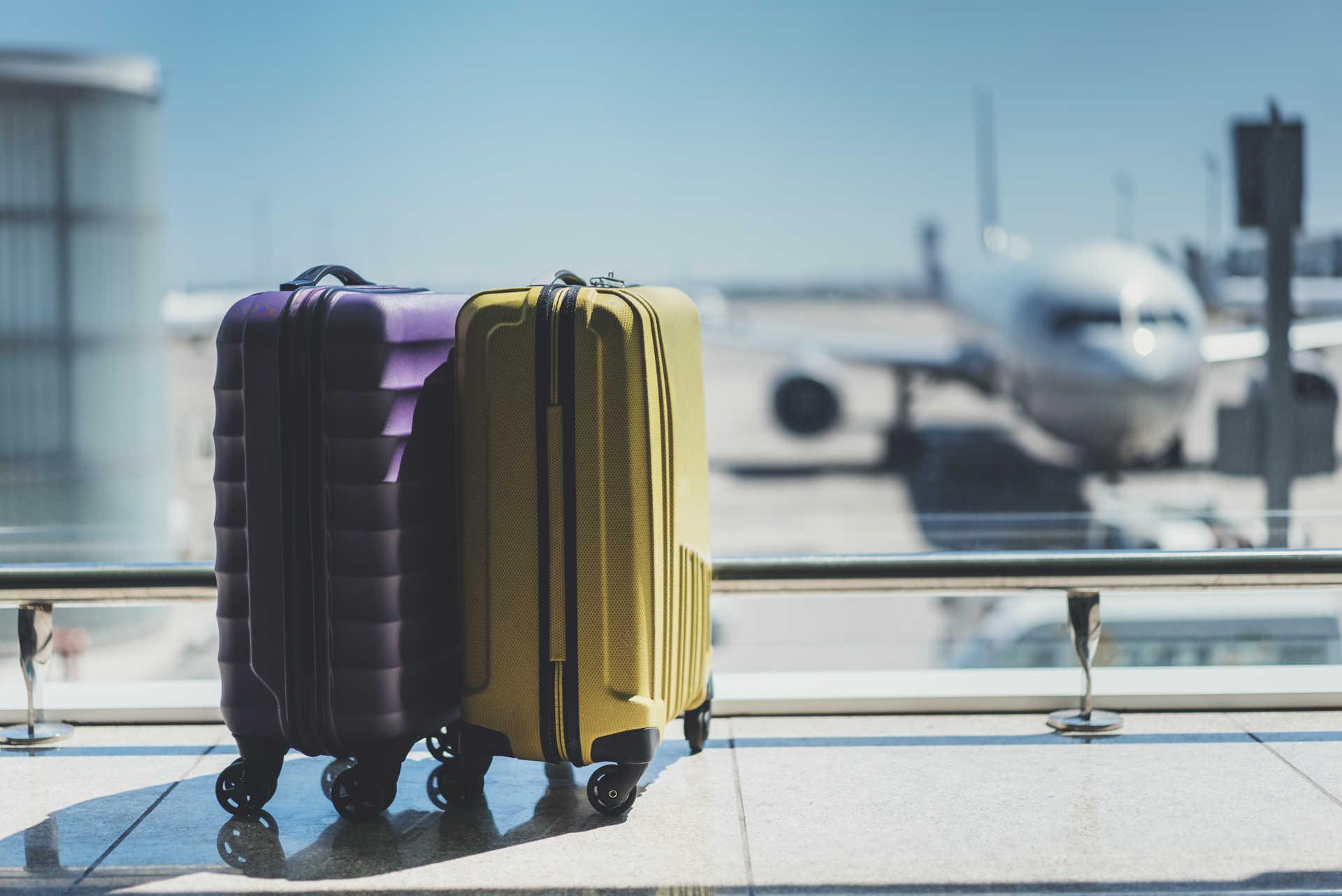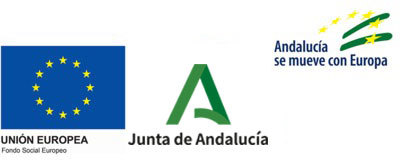The trail of Antonio Machado through the lands of Jaén

"Wayfarer, there is no way,/You make the way as you go.As you go, you make the way,/And stopping to look behind,You see the path that your feet/ will never travel again. Wayfarer, there is no way–/only foam-trails in the sea.”
Antonio Machado (Seville, 1875-Collioure, France, 1939)
Poet. Antonio Machado y Ruiz was born on 26 July 1875 in the Seville Palacio de las Dueñas, where his family —of a clearly liberal slant— were residing at the time.
In 1883, when Antonio Machado was eight years old, the family moved to Madrid. He continued his studies, alongside his inseparable brother Manuel, at the Free Educational Institution, where both received an education based on observation and Socratic dialogue.
From spring to summer of 1902, the Machado brothers stayed in Paris, where Antonio met Rubén Darío personally. Encouraged by the Nicaraguan poet's sincere praise of his verses, the following year (1903), he published Soledades, a modest book containing only 42 poems on few more than one hundred small pages.

Antonio Machado would find love during his time as a French professor at the General and Technical Institute in Soria, a city to which he moved in 1907 and which made a deep impression on the spirit of poet. The chosen one was called Leonor Izquierdo, the daughter of the owners of the inn where Machado stayed. But the happiness of the newly-weds didn't last long. Two years later, Leonor began a long agony that ended on 1 August 1912 when she died in Soria. Distraught at the loss, he left Soria and, in October 1912, he obtained a position at the General and Technical Institute in Baeza. He remained in the Jaen city nearly seven years. Seven years of loneliness and sadness. He felt as if he were in exile and, yet, he found friends, companions for conversation, and he had once more aroutine that was similar to that of his days in Soria. A routine encompassing walks along the ruined walls of the city or excursions to Cazorla to see the source of the Guadalquivir.

While in Baeza, in 1912, he published Campos de Castilla, a work in which the author moves on from the modernist features of his previous works and approaches the patriotic concerns of the authors of the Generation of 98.
Years later, his support of the Republic earned him exile in France, where he arrived accompanied by his mother and brothers but without his inseparable brother Manuel and his second wife, Pilar de Valderrama. He died in Collioure in 1939 after a long illness.

Main areas linked to the poet in Baeza
Hotel Comercio. The hotel, which has now been turned into houses, was on Calle San Pablo. Room number 15 of this hotel was home to Antonio Machado when he first arrived in the city. Only its façade is conserved. Until the hotel disappeared, the room was conserved just as it was when occupied by the poet.
House on Calle Gaspar Becerra. On Calle Gaspar Becerra, the first floor of the corner house where the street meets Prado de la Cárcel, opposite the Baeza Town Hall, was the poet's home. He lived here either alone or temporarily accompanied by members of his family until he moved to Segovia in 1919.

Santísima Trinidad Secondary School. The Santísima Trinidad Secondary School in Baeza, flanked by the Jabalquinto Palace (now the Antonio Machado Campus of the International University of Andalusia), with buildings added over time, conserves not only the documentation relating to the administrative life of the teacher Antonio Machado, but recovered the classroom where he gave his French classes as a classroom-museum in 1980: facilities which are in excellent condition, despite their age, and belong to the Spanish network of Historical Secondary Schools.

Paseo de las Murallas It is a peri-urban walk that, over the Alcázar hill and the ruins of the old walls, opens out onto the middle valley of the Guadalquivir and overlooks a superb and broad landscape covered with olive trees, with winding paths and cut short by the Cazorla, Mágina, with Mount Aznaitín at their centre, Jabalcuz and other Jaén mountains. It was one of the areas most frequented by Antonio Machado due to his fondness of walking and his attraction to nature and its landscapes. At a certain point along this walk stands the Monument to Antonio Machado.

Artisan Club. The building that was occupied by the old Artisan Club of Baeza still exists in Calle Concepción, although the society itself disappeared. In one of its rooms, there was a party where Antonio Machado recited and the young student Federico García Lorca played the piano. However, the other club of the time, the Lords Club is still conserved but is known today as the Nuevo Casino (new club), located in an historical building on the Calle de San Pablo. Next to its façade, a seated sculpture of the poet has been erected.

Plaza de Santa María and Cathedral. Antonio Machado, in his poem Apuntes, dedicated some verses to this area of Baeza, very near the school where he taught. In the Cathedral, there is a portrait of Saint Christopher —the so-called "San Cristobalón” in the aforementioned poem— painted by the artist Pedro Gallo in 1736.
The Black Oak. In an area of oak trees situated halfway from Baeza to Úbeda, on the right, the poet used to rest on the occasions that he walked to that city.



